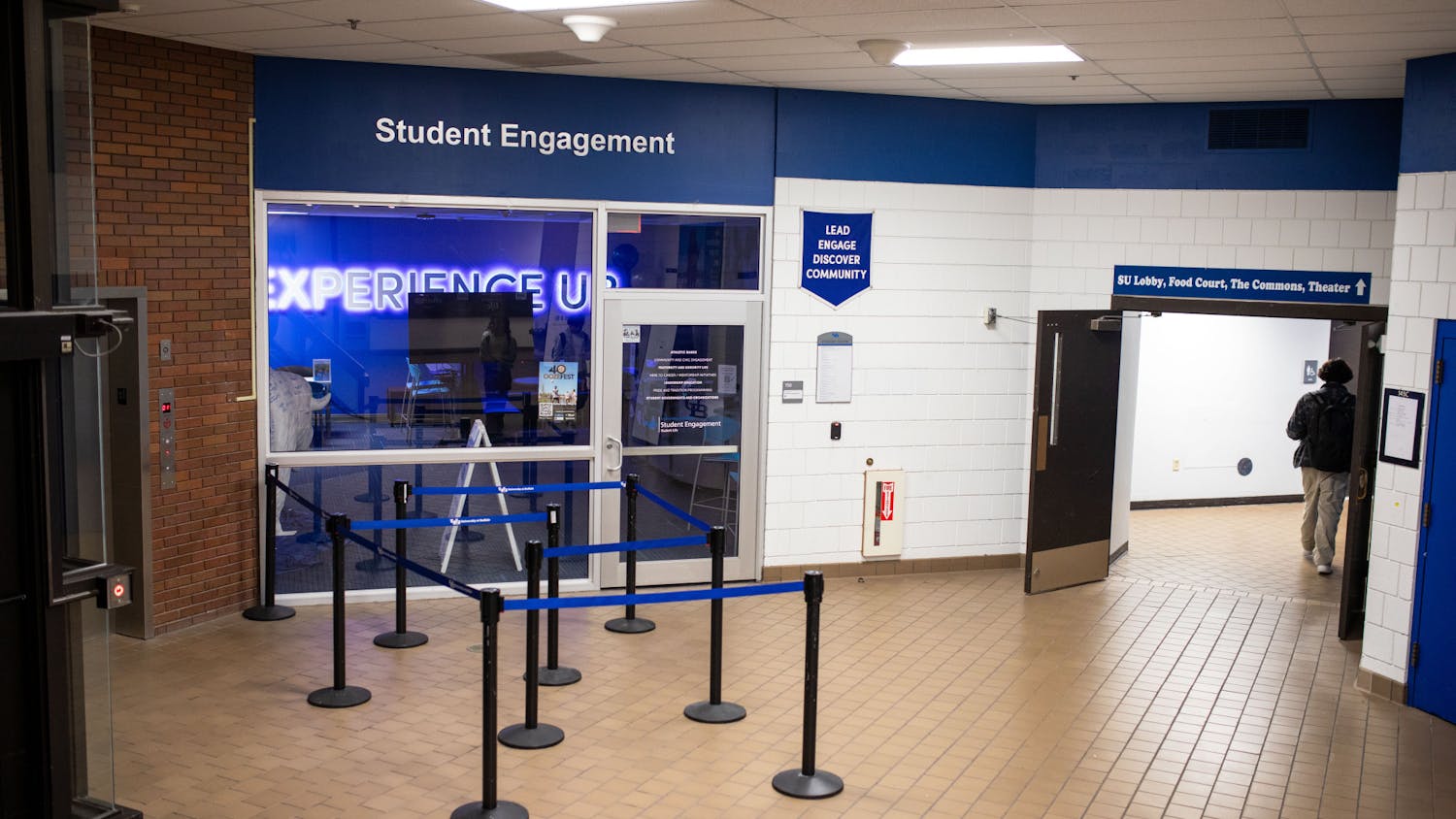The Office of Teaching Effectiveness was shut down last fall. Full-time, part-time and non-faculty instructors were left without a central resource to assist them in honing their teaching skills. The responsibility to provide these resources was placed upon the deans of UB's individual schools.
Fortunately for faculty and students, the new Center for Teaching and Learning Resources will largely assume the abandoned responsibilities. The office will provide resources to assist instructors in course planning and design, host workshops, critique lectures and work to develop an understanding of different learning styles - all with the ultimate goal of improving teaching quality throughout the university.
Compared to other universities, it is particularly necessary for UB to maintain such a service. Teaching at UB is made especially difficult by large classes compounded by students who can often be ambivalent to learning. Furthermore, faculty members are often recruited to UB based upon their research record which is easier to gauge than teaching effectiveness.
UB also has a relatively low ratio of full-time faculty to part-timers and teaching assistants. The Office of Admissions reports that it employs 1,211 full-time faculty while it (peculiarly) lists 3,802 "volunteer faculty" and 658 part-timers. The employment category of "UB Stats" counts 1,684 graduate assistants, teaching assistants and fellows. With more fledgling instructors than experienced, full-time faculty, it is especially important to provide a host of teaching resources.
The provision of such a center is also in accordance with the UB Mission Statement. Printed in the Faculty/Staff Handbook, it states that, "UB will continue to provide high-quality, innovative, university-level undergraduate education." The faculty is the means by which this education is provided, and they must be properly supported if UB is to achieve its goals of quality and innovation.
UB needs a place where instructors who are having difficulty teaching can seek help for the same reason it maintains writing and math centers for its students.
But perhaps the most convincing case for increasing teaching resources is faculty testimony. Christine Pelkman, assistant professor of nutrition, told the Spectrum, "I would like to have people come and watch me lecture, look at my syllabus and give me feedback." Certainly there are more professors like Pelkman, and those with the willingness to improve will be well served by the center.
Clearly UB's instructors can make good use of increased support. Indeed, the reason that this, and every, institution of learning exists is to provide its students with a quality education. Tools such as the Center for Teaching and Learning are undoubtedly necessary for UB to take the simplest and most rudimentary steps towards providing quality education.




